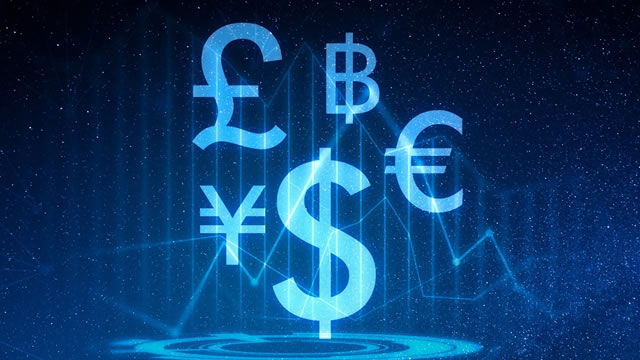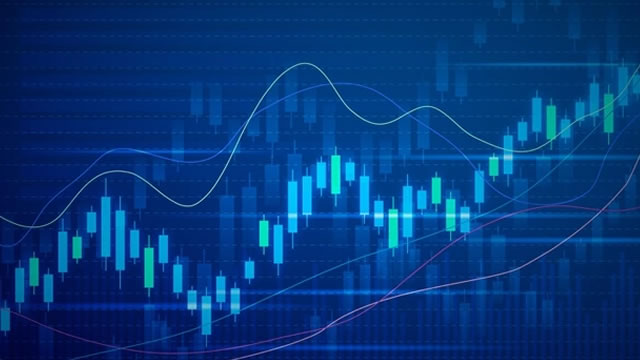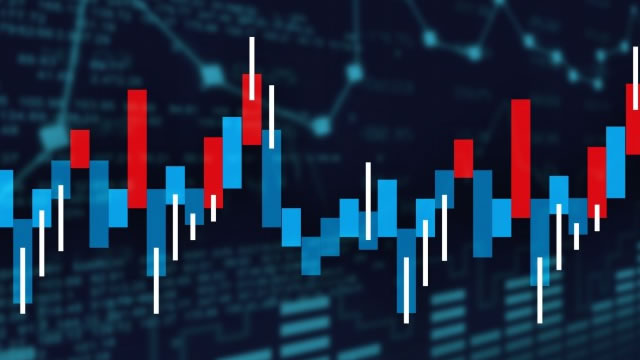Gold Prices Hit New All-time High Amidst US-China Tech Tensions
Gold prices reached an unprecedented peak on Monday, surpassing the previous record of $2,067 per ounce set in August 2020. The precious metal touched a new all-time high of $2,956 an ounce, according to data from Bloomberg. This significant increase in gold prices was driven by several factors, including the ongoing uncertainty surrounding the global economy, the weakening US dollar, and escalating tensions between the US and China.
Factors Contributing to the Gold Price Surge
The global economic recovery from the COVID-19 pandemic has been uneven, leading to increased uncertainty and volatility in financial markets. Central banks around the world have responded to the crisis by implementing accommodative monetary policies, which include keeping interest rates low and injecting liquidity into the economy. These policies have weakened the US dollar, making gold, which is priced in dollars, more attractive to investors.
Additionally, the escalating tensions between the US and China have added to the uncertainty in the markets. The US administration’s plans to impose more restrictions on China’s technological developments have raised concerns about a potential trade war between the world’s two largest economies. These tensions have led investors to seek safe-haven assets like gold, pushing up its price.
Impact on Individuals
For individual investors, the surge in gold prices presents both opportunities and risks. Gold is often seen as a hedge against inflation and economic uncertainty, making it an attractive investment during times of market volatility. However, investing in gold comes with its own set of risks, including the potential for price volatility and the costs associated with buying, storing, and selling gold.
Impact on the World
The impact of gold price increases on the world can be far-reaching. Countries that are major producers of gold, such as Australia, South Africa, and Russia, can benefit from higher prices, as they can earn more revenue from their exports. However, countries that rely heavily on gold imports, such as India, may face higher costs, which could lead to inflation and economic instability.
Moreover, the surge in gold prices can also have implications for global trade and geopolitical relations. Countries may seek to secure their gold supplies, potentially leading to increased tensions and competition. Additionally, higher gold prices can make it more difficult for central banks to manage their currencies, as they may need to sell their gold reserves to defend their currencies.
Conclusion
The surge in gold prices to new all-time highs is a reflection of the ongoing uncertainty in the global economy and the escalating tensions between the US and China. While the price increase presents opportunities for investors, it also comes with risks, particularly for those who may need to buy or sell gold for economic or strategic reasons. Moreover, the impact of gold price increases can be far-reaching, with implications for global trade, geopolitical relations, and economic stability.
- Gold prices reached a new all-time high of $2,956 an ounce on Monday.
- The surge in gold prices was driven by economic uncertainty, a weakening US dollar, and escalating tensions between the US and China.
- Individual investors can benefit from gold as a hedge against inflation and economic uncertainty, but investing in gold comes with its own risks.
- Countries that produce gold can benefit from higher prices, while countries that import gold may face higher costs and potential economic instability.
- The impact of gold price increases can have far-reaching implications for global trade, geopolitical relations, and economic stability.





